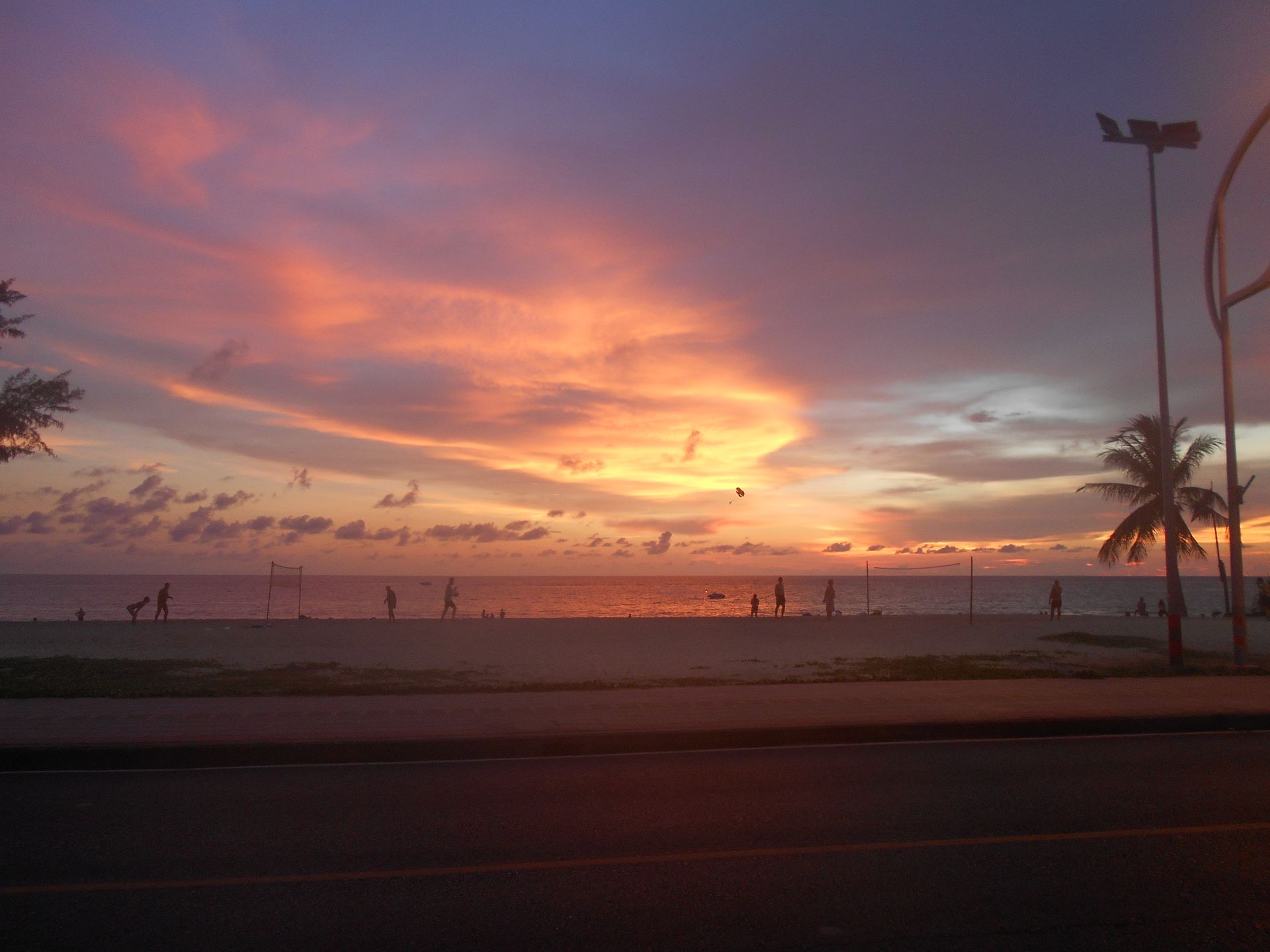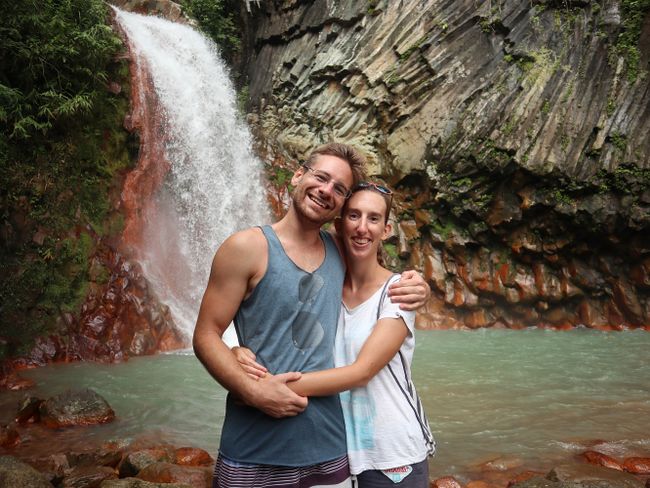Göbeklitepe and Şanlıurfa (Day 4 of the world tour)
ተሓቲሙ: 10.09.2019
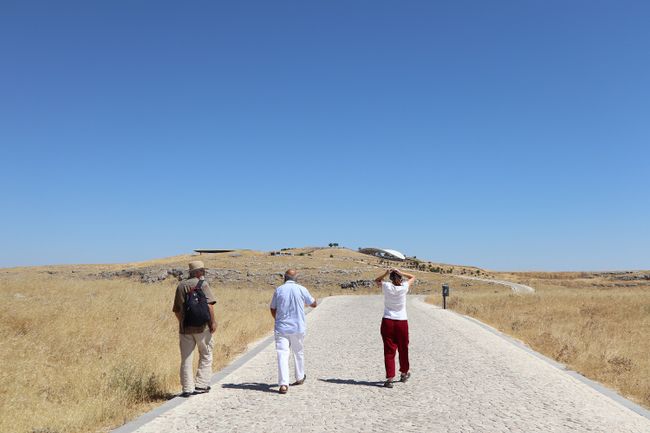
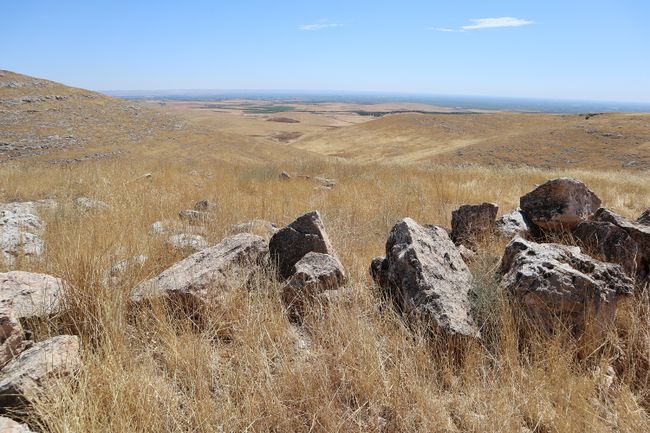
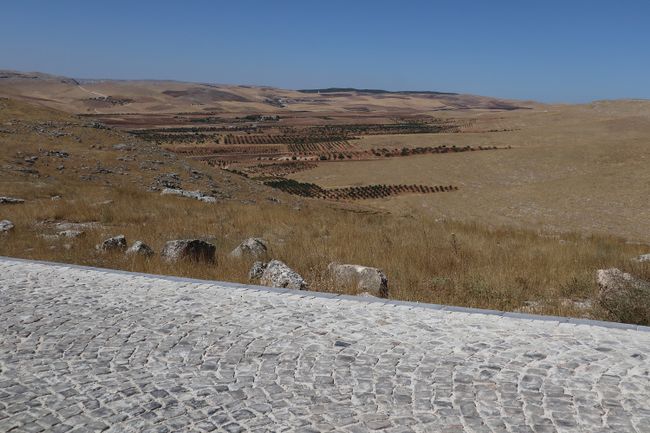
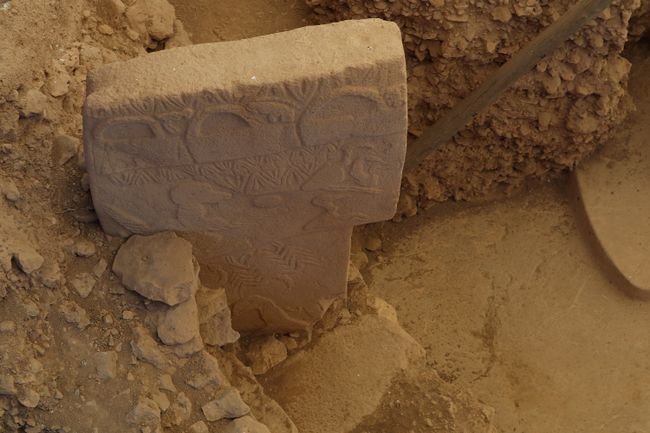
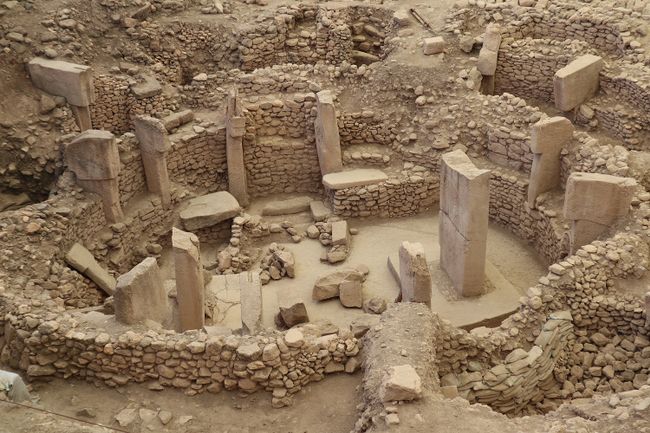
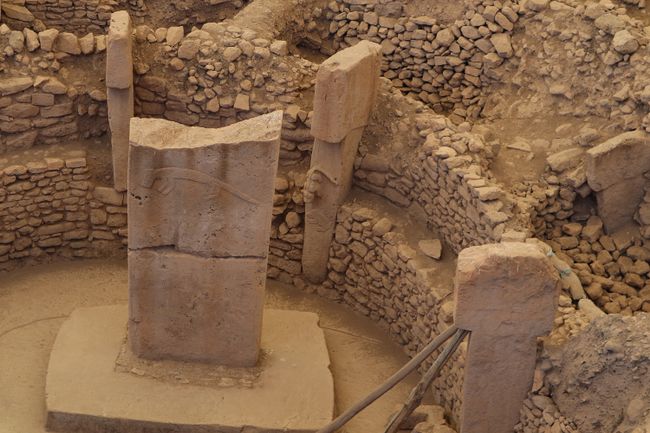
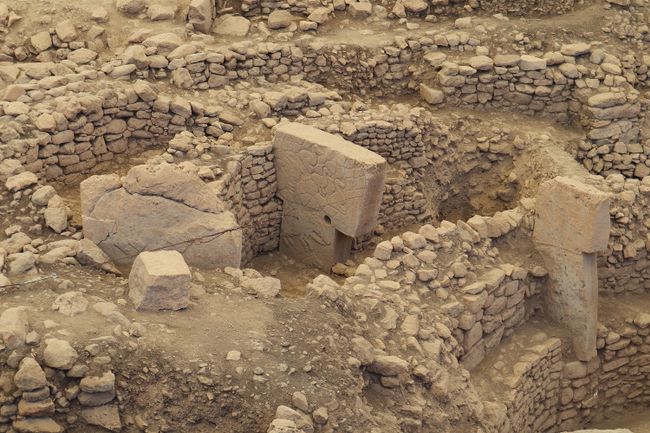
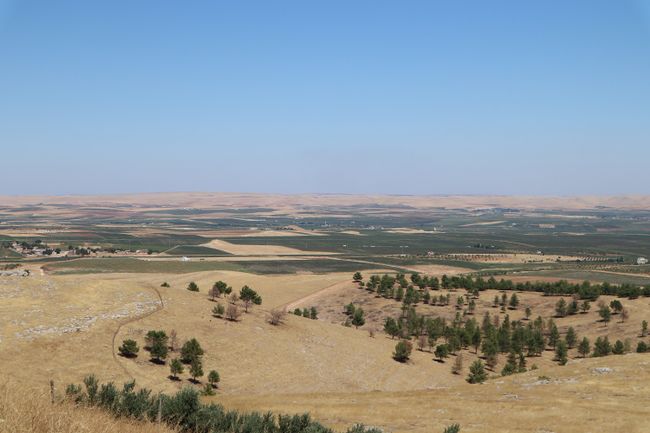
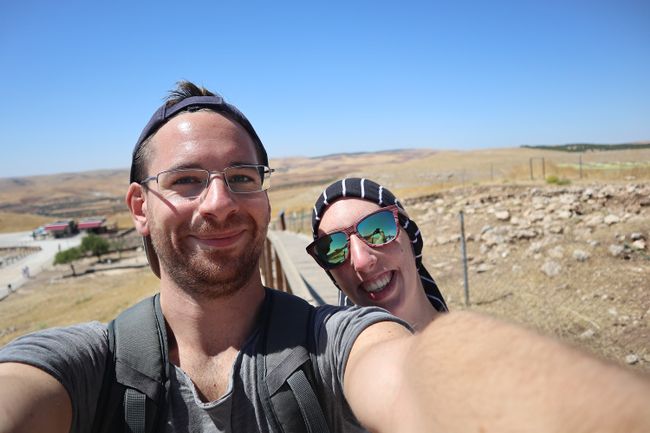
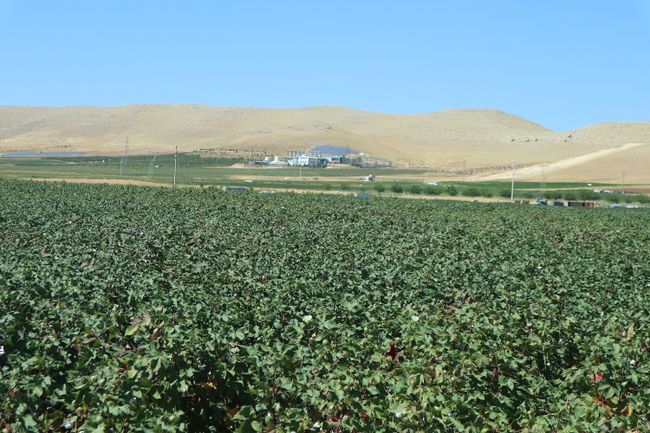
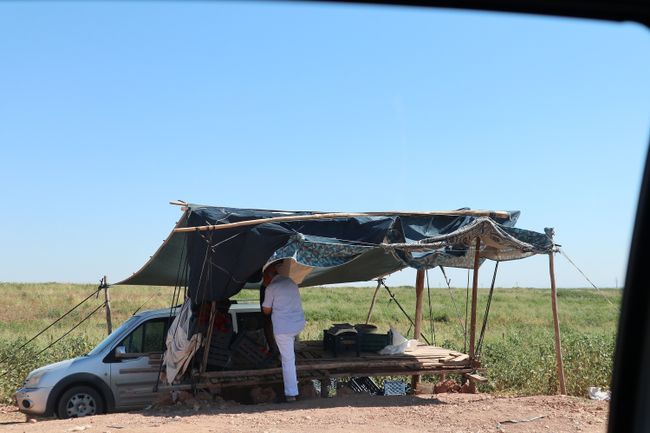
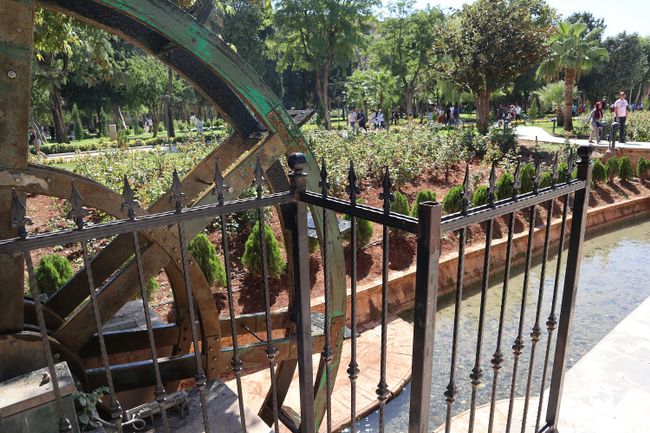
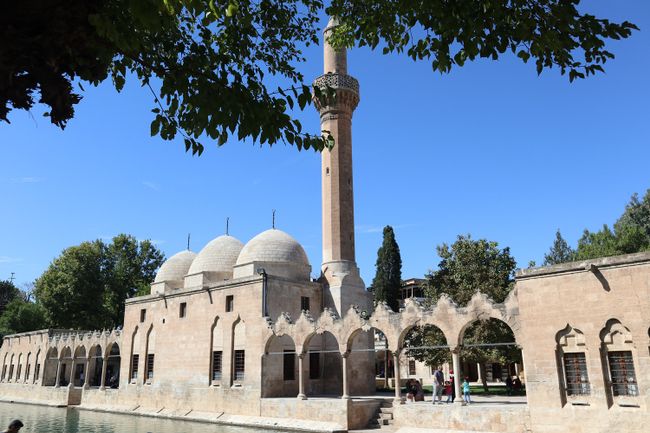
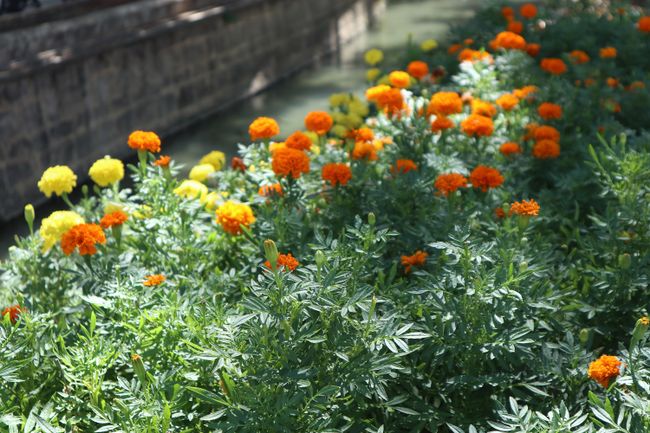
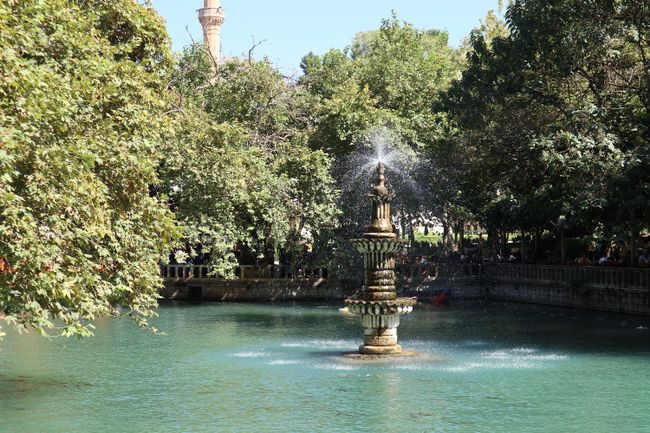
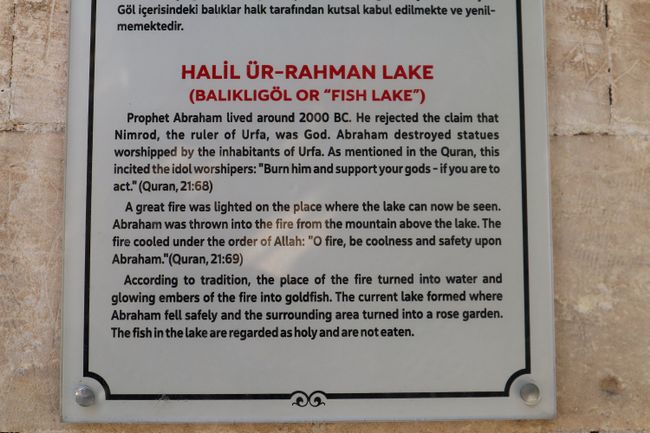
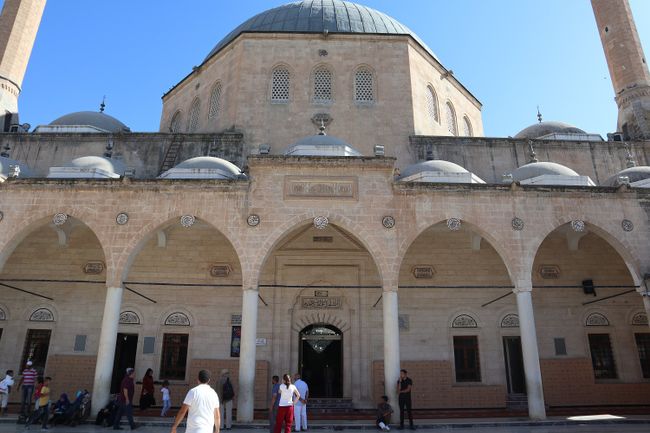
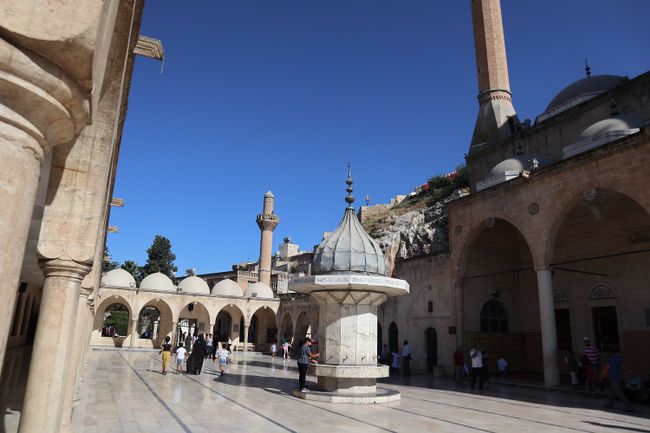
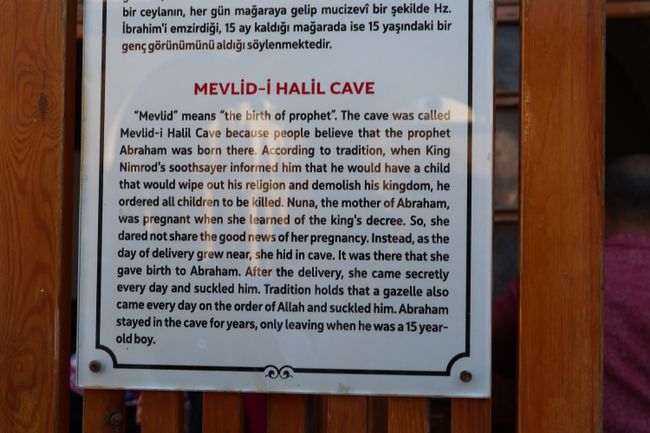
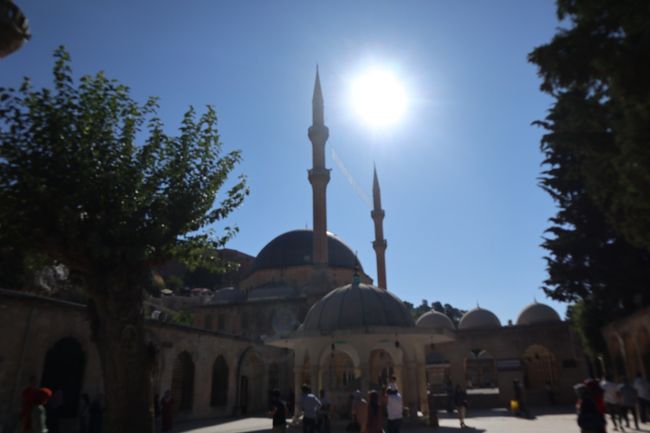
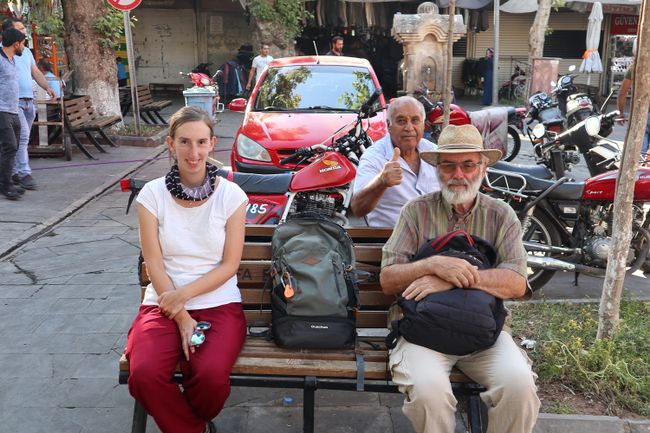
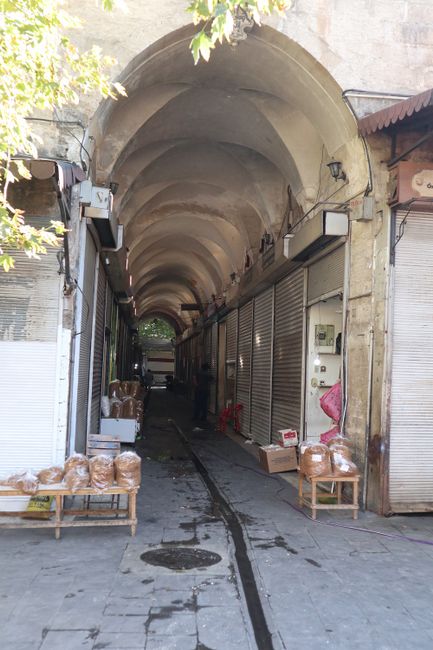
ንዜና ሳብስክራይብ ግበሩ
09/08/2019
Today for breakfast I had neither green nor black olives - although I accidentally got tomatoes :D Well, not that I would expect them to adapt to my preferences, but if you don't finish your plate, you quickly get reproachful glances... :D
After breakfast, we went to Urfa, which is 90km away (short form of the official name "Şanlıurfa" or formerly known as Edessa). Urfa is a city with nearly 1,000,000 inhabitants, full of architecturally interesting structures, parks with small waterfalls, and city buses, as you would expect in a big city. We only know the dolmuş from Nizip so far, a small 8-10 seater bus that mainly transports locals from A to B.
The trip to Urfa was initially the same route as yesterday, but I was relieved that we didn't have to go on the dirt road again and instead could use the fully developed highway^^ After the typical rows of fruit trees on dry soil, there was a desert landscape with lots of brown, yellow, and gray. It was even more astonishing when shortly before Urfa we drove into a completely green plain. A canal supplies the area with enough water, so despite the dryness in summer, various vegetables and fruits can be grown - corn, tomatoes, peppers, potatoes, wheat.
In addition, we drove (as always in this area) close to the Syrian border and could see a huge refugee camp made of military tents. In the fenced area, there were also two solar parks for power generation. I don't know why I found that worth mentioning, but somehow solar power didn't fit into my idea of a refugee camp. But of course, it makes sense here in this area! :)
We initially drove through Urfa to Göbeklitepe, an archaeological site about 12km away, which we wanted to visit. It is located on a hilltop, and when we got off there, there was a light breeze so we didn't start sweating immediately :D Unfortunately, this site is already fully commercialized unlike the one in Karkamış, which means there is a museum, a souvenir shop, and a building where you could watch a video for additional money. The entrance fee was also higher than what we were "used" to, 36 TYL. Side note: Seniors over 60 have free admission, but only for Turkish citizens and not foreigners ;-)
Passing by the tour buses, you reach the turnstile where you scan the QR code of the ticket to access the "Bus Waiting Area," from where small shuttle buses take tourists the 1km to the actual site. Jonas strongly reminded us of Stonehenge. A typical tourist trap :(
Instead of taking the bus for 1km, we decided (as the only ones there) to walk. We had a nice view of the valley, and Mehmet explained to us how the site was discovered. A private individual wanted to plant fruit trees on the hill. To do this, he had to/ wanted to level the ground and came across a rock. When he saw that there were inscriptions on the rock, he abandoned his plan and well, now there is the excavation site where you can see, for example, 12m high monoliths. The site itself was pretty cool, even though it's quite small and very touristy.
After visiting the site, we went to the souvenir shop to buy water, and there we found a group of Kurdish students playing music on guitar, violin, and an Anatolian instrument that looks like a mix of banjo and guitar with a bent neck. After refreshing ourselves in the tolerable shade, we finally drove to Urfa to take a walk there.
Passing through a seemingly poor neighborhood where there were also two weapon shops (I know, there are weapon shops in every big city, but somehow it feels different being so close to the border of a country in civil war...), as well as a super fancy Hilton Hotel, we drove into an underground parking garage. The barrier at the entrance was lying on the ground, and we stopped briefly to see how we could continue. There were already other cars behind us, so turning around was not an option. Finally, Mehmet simply took a ticket, and voila! The barrier opened normally and almost 180°, until it touched the ground on the other side. Interesting^^ Some young men guided us to a parking space, and when Mehmet needed a moment to park in the narrow parking space, one of them became impatient and took over the steering wheel to park perfectly at a fast pace. Impressive :)
Exiting the parking garage, we entered a small park where there was also a grand mosque, a bazaar, and numerous fish ponds. While Mehmet went to pray (he actually prays 5 times a day, but when we are on the road, he can "make up" for it later. For example, on Friday he prayed in the evening after our return, drank tea, and then, with only 1 hour break, continued with his night prayer. In the garden, he prayed while sitting on a plastic chair with a plastic sheet on the ground. I don't know sooo much about Islam, but I find it interesting and somehow "beautiful" that Mehmet practices his faith, and we get to witness it a bit), we took a stroll, treated ourselves to ice cream, and took some photos. Afterwards, Mehmet took us through a building where self-made art is sold at Turkish prices (a fridge magnet for 1 lira - about 16 cents). We also learned a bit about the (religious) history of the place (see photo with the plaque for explanation ;-) ).
I wasn't allowed to enter the mosque myself, but Mehmet took Jonas inside to explain a bit to him. The birthplace of Abraham, a cave where he was supposedly hidden until he was 15 years old, is also located there. There is an entrance for men and one for women to visit. The two areas are separated by a wooden wall so that you can't accidentally see or meet each other. I also had to wear my headscarf, but for me, it was absolutely no problem, especially since I wear it here all the time for sun protection ;-) In the cave, you couldn't see much actually, but in my part, many women were sitting in front of the wall with the Quran in their laps, praying.
To conclude our "Urfa tour," Mehmet took us through the bazaar. Here, in addition to the classic stands where spices, fabrics, or handicrafts are sold, there are now also perfumes, bras, and other Western things. When Mehmet was praying in a small mosque in the middle of the bazaar, Jonas, his dad, and I talked about how sad it is that these bazaars are falling victim to globalization. But even the modern Turk now buys everything he needs in the supermarket, so these bazaars mostly serve as tourist attractions and offer similar items like in other parts of the world. The bazaar in Tunisia and markets in Thailand that Jonas and I have visited had a very similar assortment as here. After Mehmet returned from the mosque, we gradually made our way back to the car. The parking garage was chaos when we got to the car, and we were glad that Mehmet was with us to drive the car out of the parking garage and through the evening traffic in Urfa. When we reached the roadside in front of a gas station, we switched drivers, and Jonas' dad took the wheel. On the way back, Mehmet guided us to the river promenade of the Euphrates in Birecik. We took a short walk there. Numerous families had gathered on the green strip between the road and the promenade, sitting on blankets and grilling. Mehmet told us that this happens every Saturday and Sunday. At one point, a group of small children crossed our path. They ran enthusiastically towards us and surrounded us. The word "tourist" kept coming up, and they held out their hands to beg for money. They only let us go when Mehmet loudly shouted at them. After the walk, we went to a restaurant. We sat down, and immediately a waiter came to us. Mehmet asked us what we wanted to eat. Jonas asked for a menu. There isn't one, was the answer. So he ordered kebab for all of us to avoid complications since everything in Turkey always has to go very fast, we had the impression. As a starter, we had thin flatbread, köfte, and salad. The main course consisted of two skewers of minced meat, tomatoes, parsley, onions, rice, and hot peppers. A basket of bread was also available. To eat, you distribute the different ingredients on the bread and wrap it up like a wrap. Ayran and water were served as drinks. After about 40 minutes, we were out of the restaurant again. Comfortable dining is definitely not part of Turkish culture. Yalla, yalla is the motto here :D
The drive home was also quite spectacular, thanks to the Turkish traffic. One lane, four left-turners in a row, all starting at the same time and narrowly missing the bodywork of the others. It was already dark, but cars and motorcycles without lights kept coming towards us from the darkness. When we arrived home, of course, tea was served again, and we reported on the highlights of the day until we went to bed.
ንዜና ሳብስክራይብ ግበሩ
መልሲ
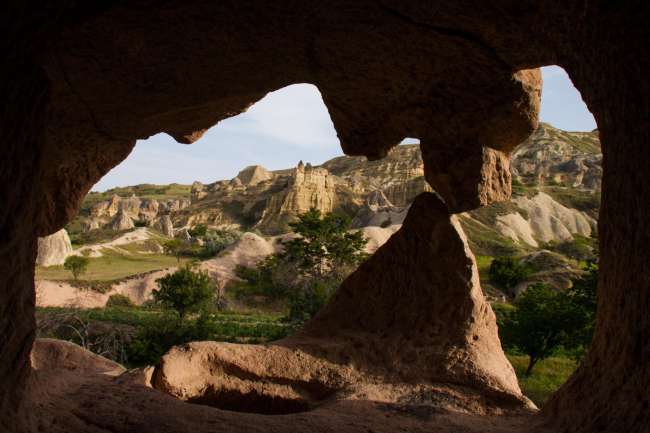
ጸብጻባት ጉዕዞ ቱርኪ
